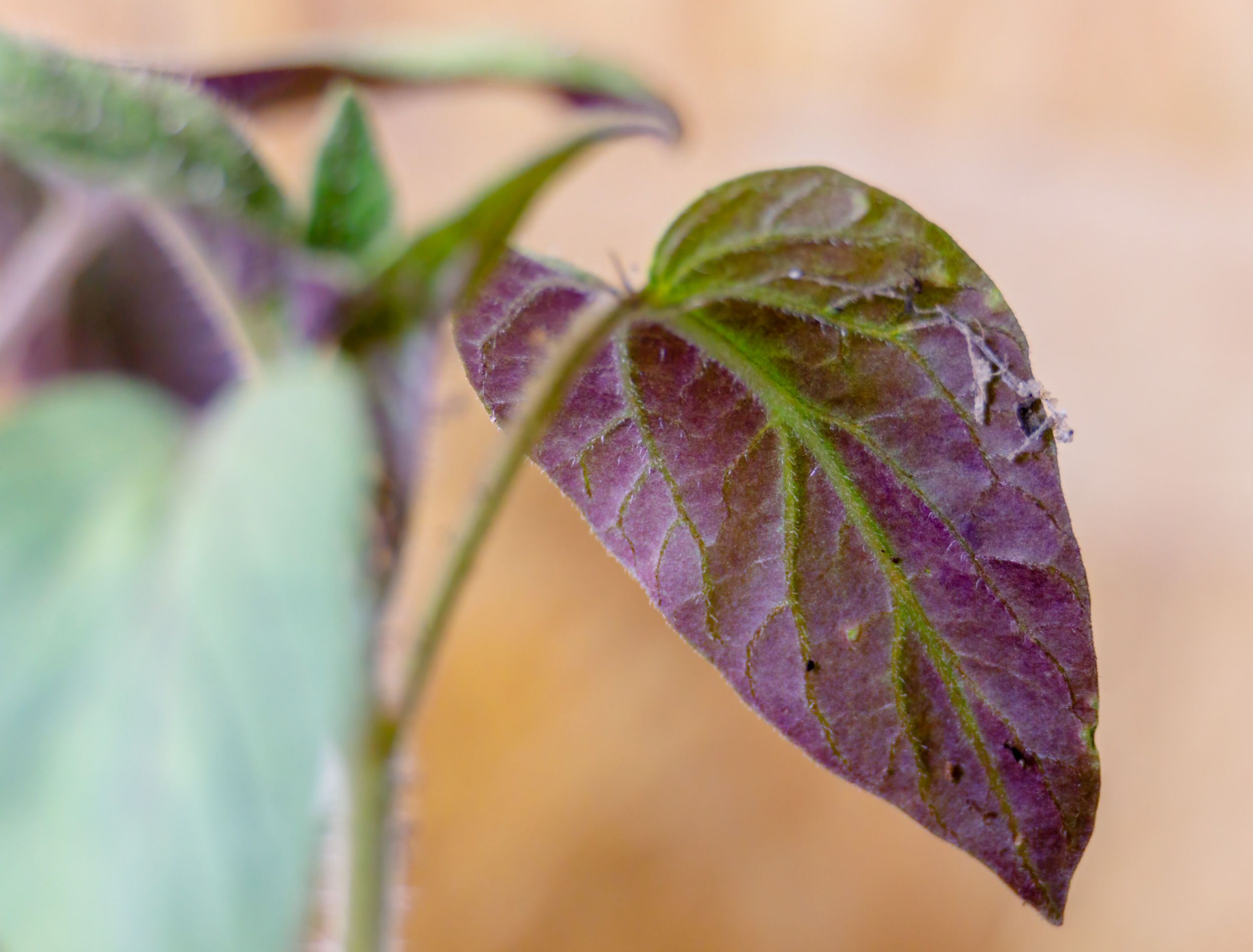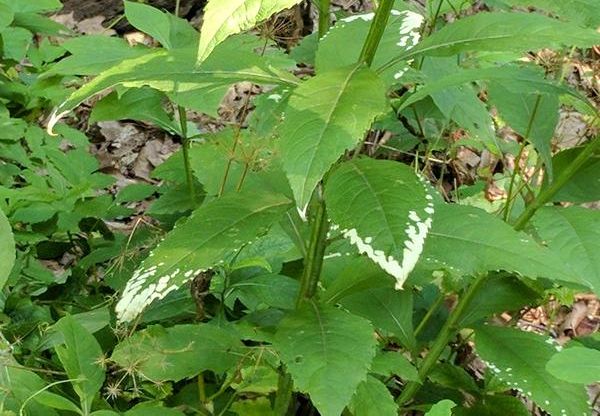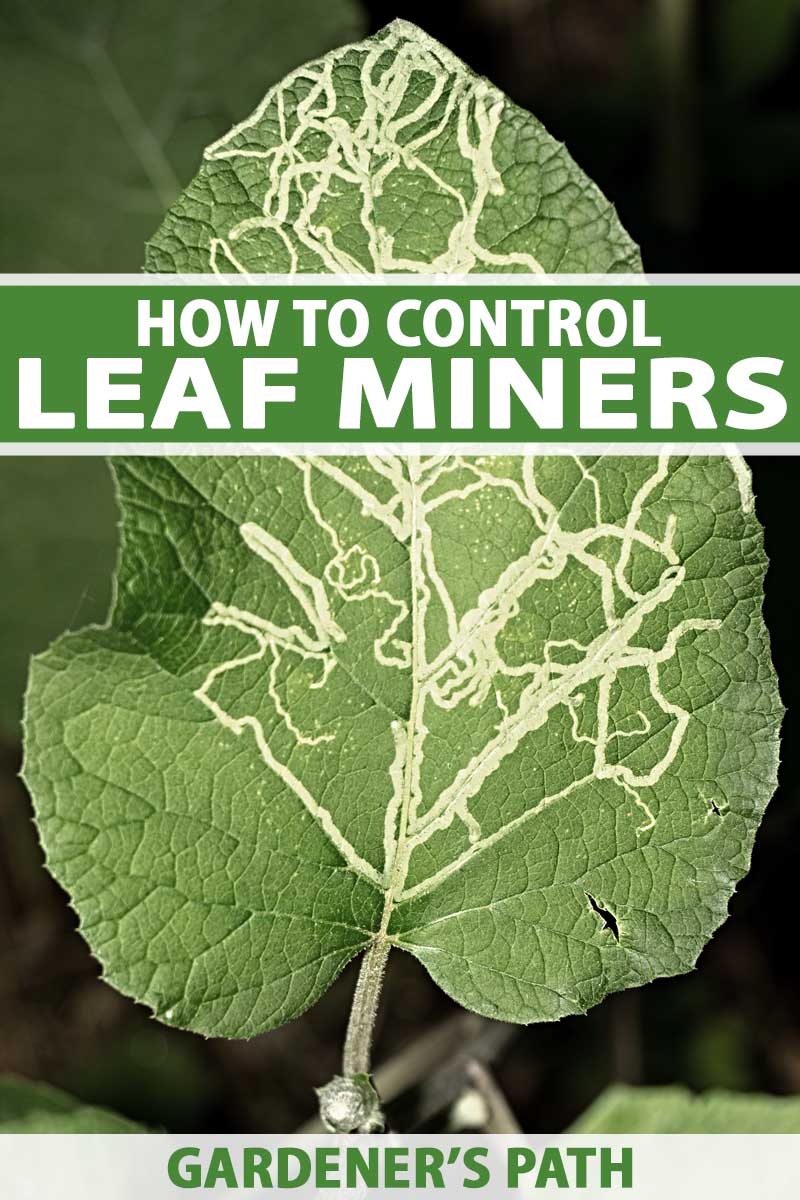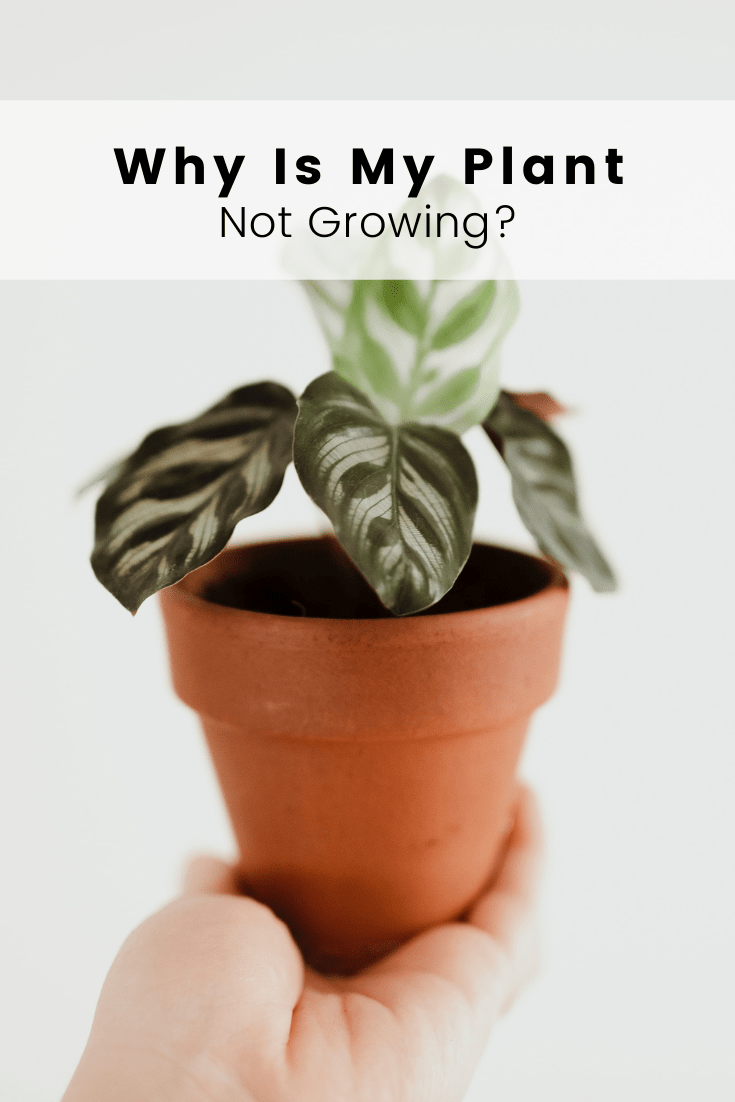Why is my plant turning purple?
Seeing your beloved plant turn purple can be quite alarming, but don’t panic just yet! There are several reasons why this change in color may be happening, and understanding the cause can help you address the issue and restore your plant to its former glory. In this article, we will explore some common reasons why plants turn purple and what you can do to help them thrive.
1. Lack of nutrients
Plants require a variety of nutrients to grow and flourish, and a deficiency in certain key minerals can lead to discoloration. One common nutrient that plants need is phosphorus, which plays a crucial role in energy transfer and cell division. A lack of phosphorus can cause plants to develop a reddish-purple tint, particularly in their leaves. To address this issue, consider adding a phosphorus-rich fertilizer to your plant’s soil to provide it with the essential nutrients it needs to thrive.
2. Temperature stress
Extreme temperatures can also cause plants to turn purple as a stress response. When plants are exposed to excessively cold or hot temperatures, their metabolism can be disrupted, leading to changes in their coloration. In cold weather, plants may develop a purple hue as a result of reduced chlorophyll production, while in hot weather, they may turn purple due to excess sun exposure. To help your plant cope with temperature stress, consider moving it to a more suitable location and providing it with additional shade or insulation as needed.
3. pH imbalance
The pH levels of your plant’s soil can also impact its coloration, with acidic or alkaline conditions potentially causing it to turn purple. Most plants prefer slightly acidic soil with a pH level around 6 to 7, and deviations from this range can lead to nutrient deficiencies and color changes. To address pH imbalance, consider testing your plant’s soil and adjusting it accordingly with the help of pH-balancing amendments or fertilizers. By maintaining the right pH levels, you can ensure that your plant receives the nutrients it needs to stay healthy and vibrant.
4. Genetic factors
In some cases, the purple coloration of your plant may be an inherited trait due to its genetic makeup. Certain plant species, such as purple basil or purple cabbage, naturally exhibit purple pigmentation as a result of specific genes. If your plant is genetically predisposed to turning purple, there may be little you can do to change its color. However, you can embrace this unique characteristic and appreciate the beauty it adds to your garden or indoor space.
5. Pests and diseases
Pests and diseases can also cause plants to turn purple as a result of the damage they inflict on the plant’s tissues. Insects like aphids or spider mites can suck the sap from a plant, leading to stunted growth and discoloration. Similarly, fungal infections or nutrient deficiencies caused by disease can result in purple or discolored leaves. To prevent and treat pest and disease issues, consider using natural remedies or pesticides and maintaining good plant hygiene practices to keep your plant healthy and resilient.
6. Environmental factors
Lastly, environmental factors such as light exposure, humidity levels, and air quality can also play a role in causing plants to turn purple. Improper lighting conditions, excessive humidity, or poor air circulation can stress your plant and lead to changes in its coloration. To create a more favorable environment for your plant, make sure it receives adequate sunlight, maintain optimal humidity levels, and ensure good ventilation in its surroundings. By addressing these environmental factors, you can help your plant thrive and prevent unwanted color changes.
Conclusion
As you can see, there are several reasons why your plant may be turning purple, ranging from nutrient deficiencies to genetic factors to environmental conditions. By identifying the cause of the color change and taking appropriate action, you can help your plant regain its health and vibrancy. Remember to monitor your plant’s condition closely, provide it with the care it needs, and seek professional advice if necessary to ensure its well-being. With the right approach, you can enjoy a beautiful and thriving plant that brings joy and beauty to your home or garden.



